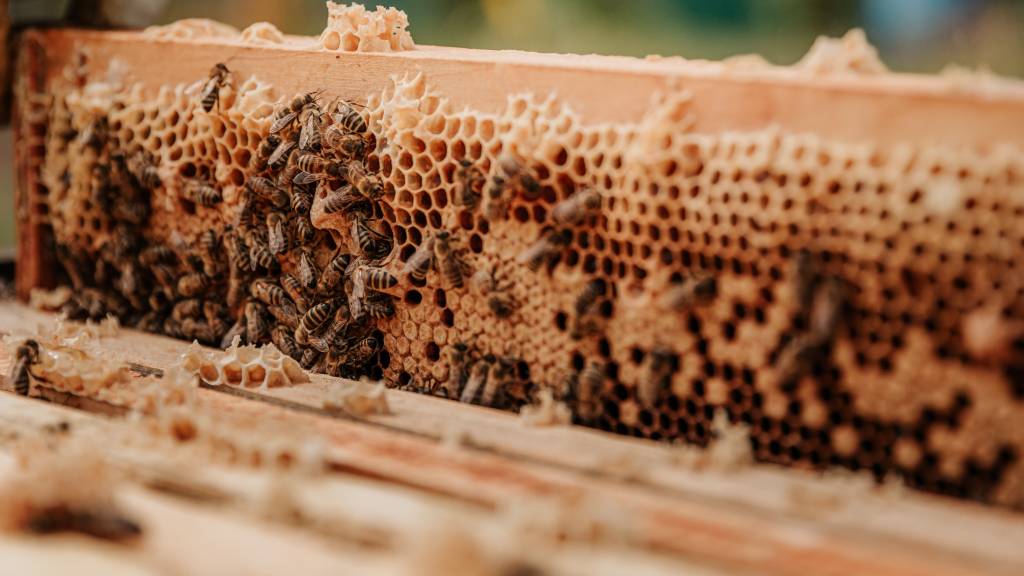Projects
German translation of this site
↗ PINGUIN
↗ Replication Crisis in Machine Learning
Potential Identification in Elementary School
 In the project “Potential Identification in Elementary School for Individual Support” (PINGUIN), we are developing a screening tool to objectively and reliably assess students’ cognitive potential and initial learning conditions at school entry. The computer-based assessment of the PINGUIN project consists of four modules: (1) cognitive potential, (2) language skills, (3) early literacy, and (4) basic mathematical competencies. For each module, tasks are selected adaptively from a comprehensive item bank. The study is conducted in small groups at school using tablets. PINGUIN is designed to help identify children’s potential at an early stage, to provide an objective and fair evaluation of their initial learning conditions, and provide individual support. Teachers can use the knowledge of each child’s individual strengths and weaknesses to tailor their teaching.
In the project “Potential Identification in Elementary School for Individual Support” (PINGUIN), we are developing a screening tool to objectively and reliably assess students’ cognitive potential and initial learning conditions at school entry. The computer-based assessment of the PINGUIN project consists of four modules: (1) cognitive potential, (2) language skills, (3) early literacy, and (4) basic mathematical competencies. For each module, tasks are selected adaptively from a comprehensive item bank. The study is conducted in small groups at school using tablets. PINGUIN is designed to help identify children’s potential at an early stage, to provide an objective and fair evaluation of their initial learning conditions, and provide individual support. Teachers can use the knowledge of each child’s individual strengths and weaknesses to tailor their teaching.

 In the last decades, the digitalization of educational content, the integration of computers in different educational settings and the opportunity to connect knowledge and people via the Internet has led to fundamental changes in the way we gather, process, and evaluate information. Also, more and more tablet PCs or notebooks are used in schools and—in comparison to traditional sources of information such as text books—the Internet seems to be more appealing, versatile, and accessible. Technology-based assessment has been concerned with questions of comparability of test scores across test media, transferring already existing measurement instruments to digital devices. Nowadays, researchers are more interested in enriching the assessment by using interactive tasks and video material or make the testing more efficient using digital behavior traces.
In the last decades, the digitalization of educational content, the integration of computers in different educational settings and the opportunity to connect knowledge and people via the Internet has led to fundamental changes in the way we gather, process, and evaluate information. Also, more and more tablet PCs or notebooks are used in schools and—in comparison to traditional sources of information such as text books—the Internet seems to be more appealing, versatile, and accessible. Technology-based assessment has been concerned with questions of comparability of test scores across test media, transferring already existing measurement instruments to digital devices. Nowadays, researchers are more interested in enriching the assessment by using interactive tasks and video material or make the testing more efficient using digital behavior traces. “Bees are amazing, little creatures” (
“Bees are amazing, little creatures” ( This is the third post in a series on a paper —
This is the third post in a series on a paper —  This is the second post in a series on a recent paper entitled
This is the second post in a series on a recent paper entitled  We published a new paper entitled
We published a new paper entitled